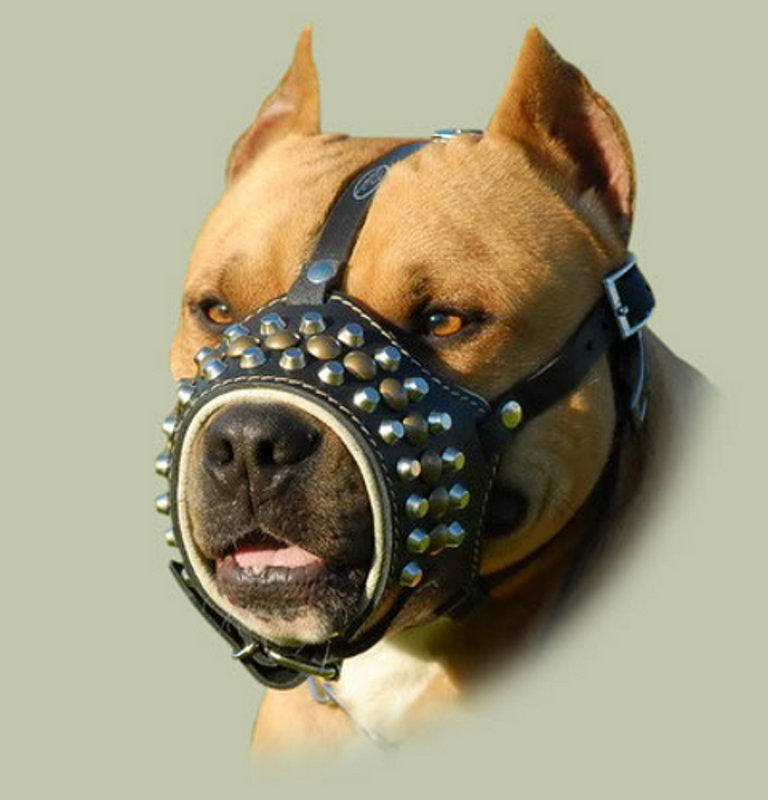
After 24 h the dosage was increased to 5 μg/kg BW per h as the dog was still experiencing pain. The dog’s pain was not well controlled so fentanyl (Fentanyl 50 μg/mL Sandoz, Mississauga, Ontario) continuous rate infusion at 3 μg/kg BW per hour, IV was initiated. She was initially given hydromorphone (Hydromorphone 2 mg/mL Sandoz, Boucherville, Quebec), 0.05 mg/kg BW, q4h, IV for the first 13 h. The initial fluid rate was 24 mL/h for the first 24 h after which the rate was decreased to 11 mL/h. The dog was hospitalized in the intensive care unit and was administered intravenous fluids to correct her dehydration and meet maintenance requirements. A diagnosis of hypertrophic osteodystrophy was made. There were similar radiographic changes in the proximal humeral metaphyseal region, bilaterally. Bilateral radiographs of the dog’s forelimbs revealed a radiolucent line in the metaphyseal region of the distal ulna and radius, bilaterally ( Figure 1). These results correlated with the dog’s clinical dehydration and the elevated urine protein was likely due to the concentrated urine.ĭifferential diagnoses for the painful front limbs and pyrexia included fracture, periosteal reaction, panosteitis, septic arthritis, rickets, and hypertrophic osteodystrophy ( 1). The urinalysis revealed a urine specific gravity of 1.056 with 2+ proteinuria. Mild hypoalbuminemia (25 mmol/L RI: 30 to 36 mmol/L) was likely due to increased loss or decreased production. A mild hypercholesterolemia (13.89 mmol/L RI: 3.87 to 8.39 mmol/L) was likely post-prandial but cholestasis was also reserved as a possibility. Mild hyperphosphatemia (2.38 mmol/L RI: 0.84 to 1.83 mmol/L) and an increase in serum alkaline phosphatase activity (ALP) (315 mmol/L RI: 18 to 113 mmol/L) were likely age related. Results from the serum biochemistry showed a mild hyponatremia (139 mmol/L RI: 144 to 151 mmol/L), mild hypochloremia (101 mmol/L RI: 105 to 117 mmol/L) possibly due to increased loss or decreased intake. Potential rule outs included renal disease, inflammation, anemia of chronic disease, endocrinopathies, neoplasia, and bone marrow disease. The erythron revealed a mild to moderate, normocytic, normochromic, non-regenerative anemia. A complete blood (cell) count (CBC), serum biochemistry profile and urinalysis were submitted. Pain was elicited on palpation of the proximal humerus, distal radius, and ulna, bilaterally. No pain was elicited on spinal palpation or neck manipulation. Initial physical examination revealed pyrexia (39.8☌), approximately 8% dehydration, and moderate otitis externa. On presentation, she was depressed and sternally recumbent.
ADOLESCENT PUPPY MUZZLE PLUS
The dog had been vaccinated 19 and 46 d prior to presentation with Pfizer VANGUARD PLUS 5, Modified Live Virus (Pfizer Animal Health, Exton, Pennsylvania, USA).

The dog was referred to the Atlantic Veterinary College to rule out encephalitis, meningitis, and spinal cord disorders. On physical examination the dog was mildly pyrexic (39.6☌) and the pinnae were inflamed. Owners reported the dog was having painful episodes.

The dog was sternally recumbent, unable to lift her head, and resisted neck extension. The dog was presented to the referring veterinarian 2 d later for anorexia, inflamed ears, and ataxia. The referring veterinarian suspected an ear infection and discharged the patient with oral trimethoprim sulfa (manufacturer unknown) at 18 mg/kg of body weight (BW), q12h for 2 wk. No other significant findings were reported. The dog was mildly pyrexic with a temperature of 39.7☌. Physical examination revealed warm, erythematous pinnae.

A 10-week-old sented to the referring veterinarian for a 1-day history of intact female Australian shepherd was pre-lethargy and inflamed ears.


 0 kommentar(er)
0 kommentar(er)
